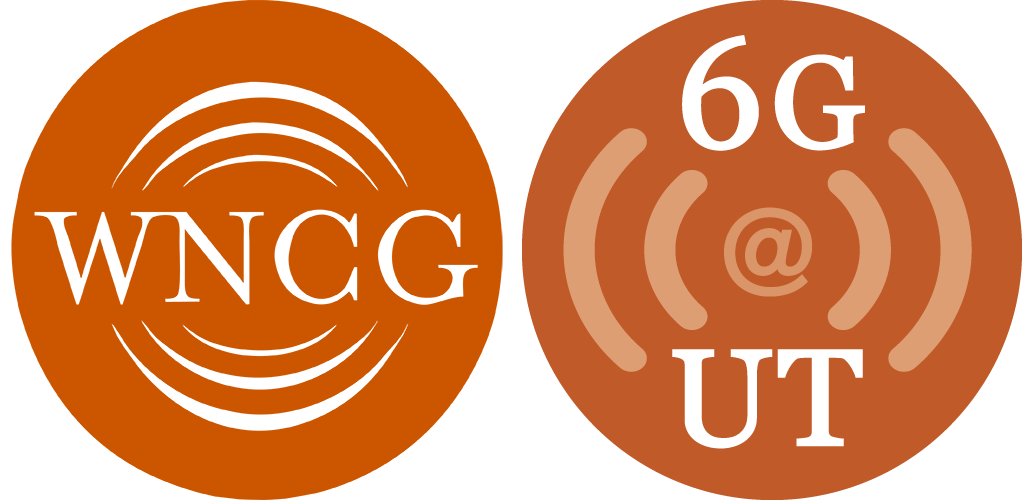Event Status
Scheduled
Bio-tissues are soft, curvilinear and dynamic whereas wafer-based electronics are hard, planar, and rigid. Over the past decade, stretchable high-performance inorganic electronics have emerged as a result of new structural designs and unique materials processes. Electronic tattoos (e-tattoos) represent a class of stretchable circuits, sensors, and stimulators that are ultrathin, ultrasoft and skin-conformable. This talk will first introduce stretchable serpentine structures followed by a dry and freeform “cut-and-paste” method for the rapid prototyping of e-tattoos. This method has been proved to work for thin film metals, polymers, ceramics, as well as 2D materials such as graphene. I will demonstrate the unique advantages of such disposable e-tattoos as a mobile and disposable platform for continuous vital sign monitoring, human-robot interface, as well as personalized therapeutics. Examples include sensors for electroencephalogram (EEG), electrocardiogram (ECG), electromyogram (EMG), electrooculogram (EOG), skin temperature, skin hydration, respiratory rate, blood pressure, oxygen saturation, as well as chemical biomarkers in sweat (e.g. glucose and lactate). For wireless power and data transmission, NFC-enabled e-tattoos based on stretchable antenna and Bluetooth-enabled e-tattoos will be demonstrated.
Event Details
Date and Time
Aug. 31, 2018, All Day

